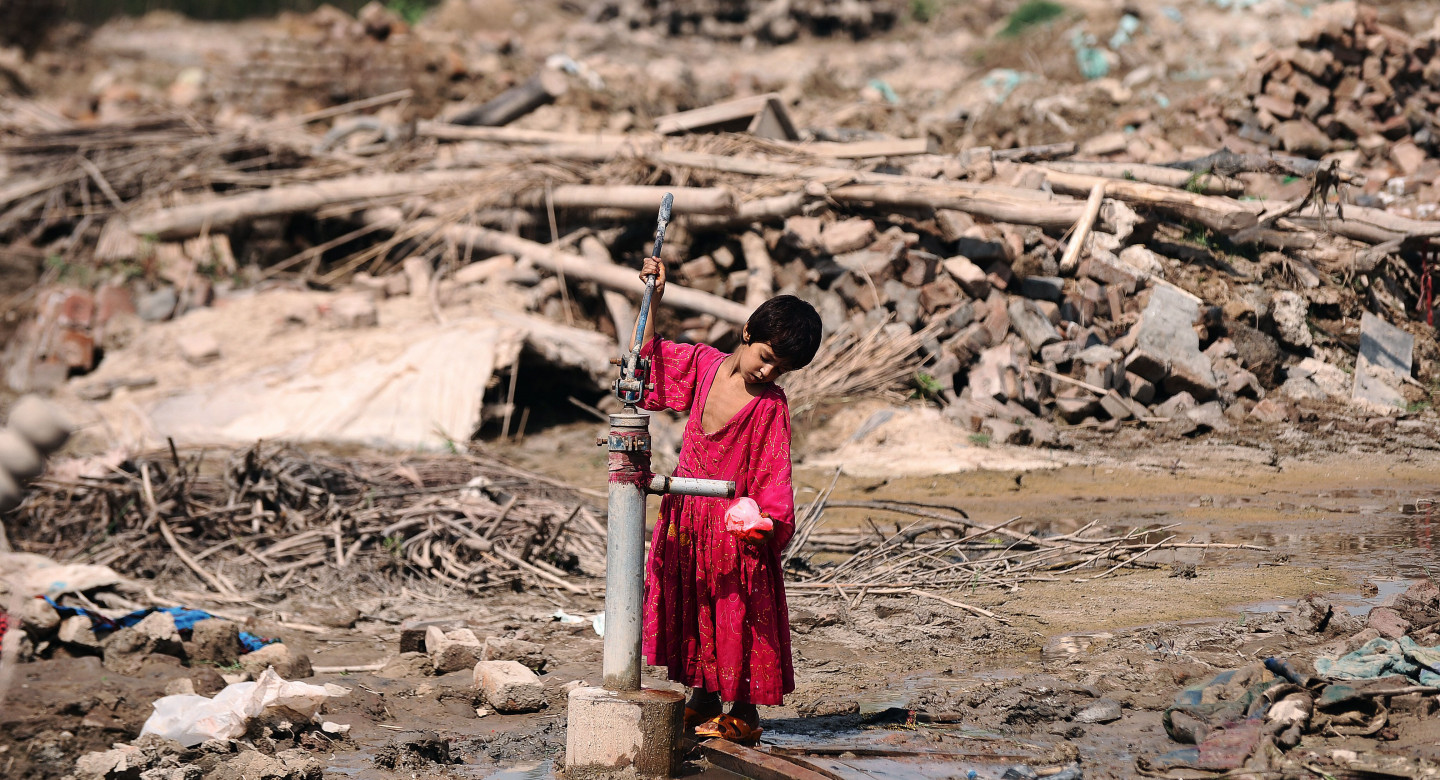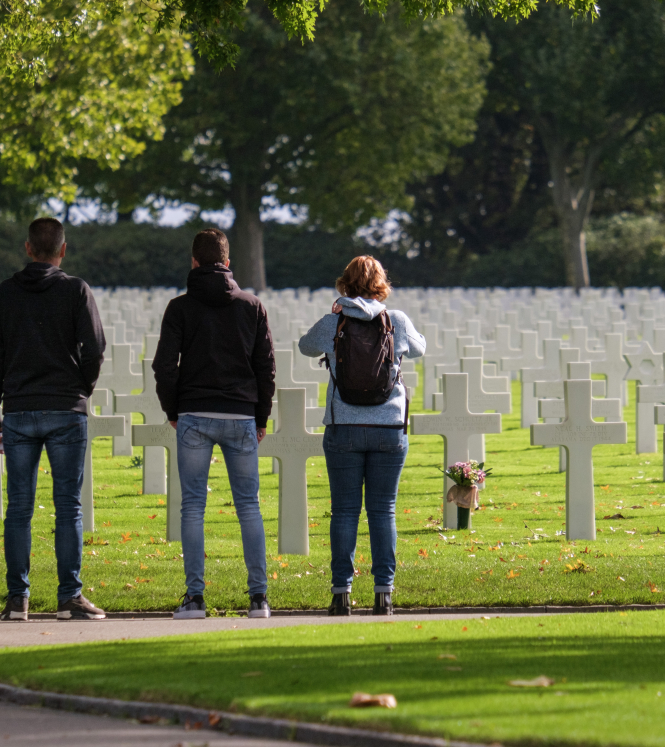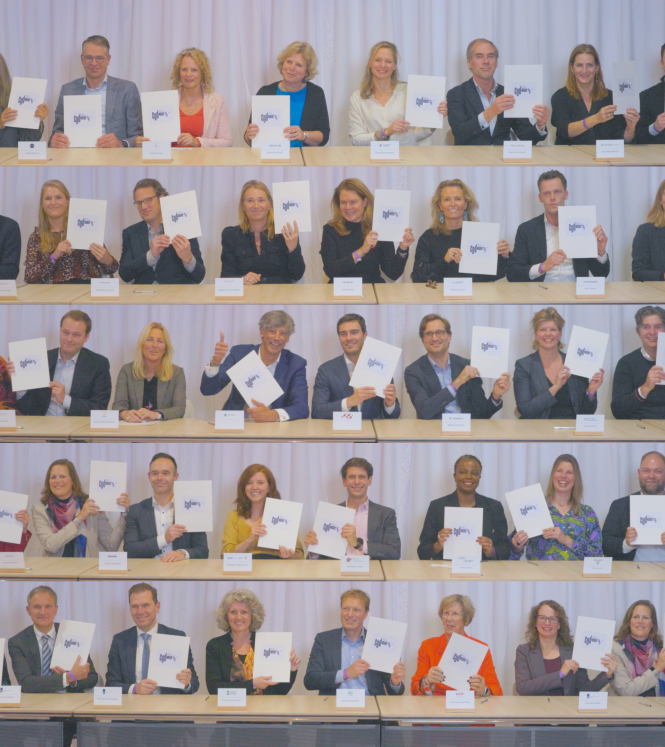

Maximising impact of humanitarian programmes
How much does it cost to treat one child for malnutrition? Until recently, humanitarian organisations had no straightforward answer to this question, and finding one could take several days. With the new SCAN Tool 2.0, a cost-effectiveness analysis can be done in just a couple of hours.
In a world where funds are limited and an increasing number of people are in need of assistance, NGOs need to make decisions. Every euro can be spent only once. The Systematic Cost Analysis (SCAN) Tool 2.0 helps humanitarian organisations to maximise the number of people they could reach through projects and to make the highest possible impact.
SCAN Tool 2.0
Initially developed for internal use, the International Rescue Committee (IRC) designed the first SCAN tool to enable IRC field staff to conduct cost analyses related to budget and project management more quickly and consistently.
The new version, SCAN 2.0, was built in August 2019 and piloted in cooperation with several NGOs who had expressed their interest in also working with the IRC’s SCAN tool. IRC cooperated with Mercy Corps, Acción Contra El Hambre, Save the Children and CARE to make the 2.0 tool suitable for implementation in the entire humanitarian sector. Unlike the original SCAN tool, SCAN 2.0 also works with finance systems not used by the IRC itself. Using SCAN 2.0, other humanitarian organisations too can develop and implement programmes and divide funds with greater effectiveness and efficiency.
Using SCAN 2.0, humanitarian organisations can develop and implement programmes and divide funds with greater effectiveness and efficiency
The web-based SCAN 2.0 tool works with existing monitoring and evaluation data, which are uploaded to a protected server. The tool can, for example, read spreadsheets, access grant and expense data and compare costs to output. Using a standardised methodology, managers can evaluate how cost-effective a programme is, and compare it to similar programmes in other places to make better-informed decisions.
Integrating the SCAN Tool 2.0 into existing NGO systems is fairly simple and takes little time, and its potential benefits are clear. In order to reach its full potential however, humanitarian workers require training and the know-how to work with the tool. According to the developing SCAN consortium, the sector currently lacks data maturity, and for this reasons they decided against a feature allowing comparisons between organisations. However, a Donor Advisory Group was established to initiate the dialogue on measuring the costs of humanitarian assistance, as a first step towards this long-term goal.
DRA support
The development of the SCAN Tool 2.0 was funded by the Dutch Relief Alliance (DRA), a coalition of 15 NGOs supported by the Netherlands Ministry of Foreign Affairs. The DRA was established to improve cooperation and coordination in the humanitarian field, enabling a quicker and more targeted response to global crises. By providing funding to develop the SCAN Tool 2.0 and similar web-based applications, the Netherlands supports increasing efficiency and effectiveness in humanitarian assistance: helping the maximum number of people with the funds available.
By providing funding to web-based applications, the Netherlands supports increasing efficiency and effectiveness in humanitarian assistance





